Take a dip in the Claudius Therme
The Claudius Therme is a perfect retreat into warmth and relaxation when the weather takes a turn for the worse.
You may not realise it, but Cologne is one of the few German cities with its very own thermal spring and it’s this natural wonder which supplies the Claudius Therme’s sprawling pool complex with its unique healing waters.
The spa has various pools of differing temperatures including a 33-degree main pool, a cold plunge bath, jacuzzis and a whirlpool – both inside and outside the building. The mineral waters’ therapeutic benefits have even been officially recognised by the state.
Get a taste of the Chocolate Museum
What better way to spend a rainy day than tasting and discovering the hidden secrets of chocolate?
From tracing the history of cacao cultivation among ancient civilisations to witnessing the modern chocolate-making process, Cologne’s Schokoladenmuseum offers an interactive and educational experience.
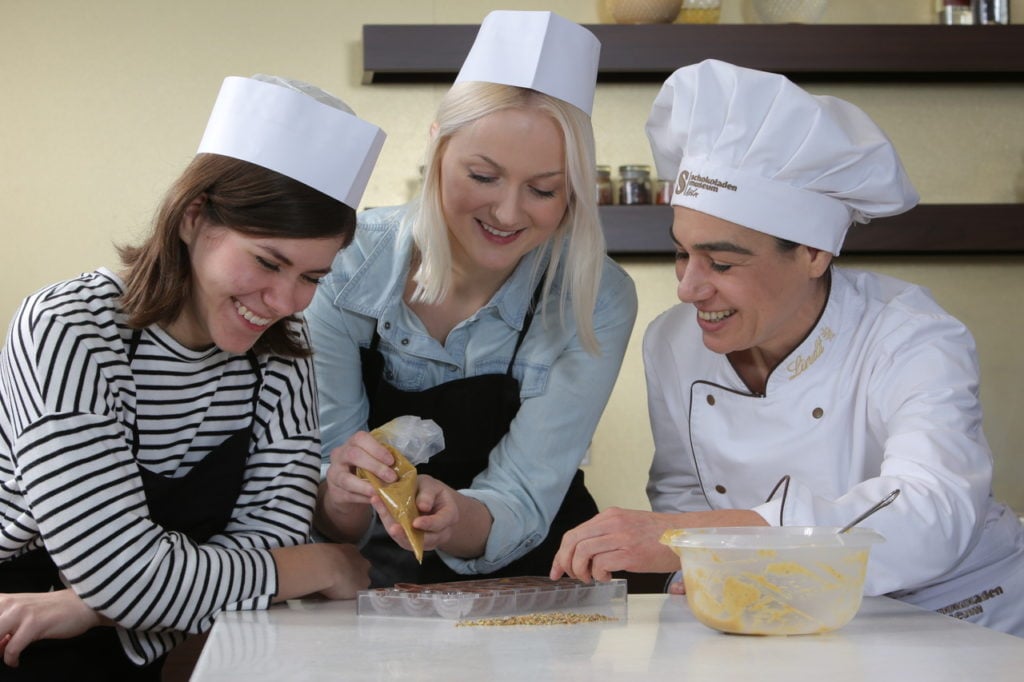
Highlights include a transparent production line showcasing the journey from cacao bean to chocolate bar, a towering chocolate fountain, and exhibits that explore the cultural and artistic significance of chocolate.
READ ALSO: 8 unmissable tourist attractions in Germany to visit with the €49 ticket this August
Visitors can also participate in workshops, explore a gift shop stocked with a variety of chocolate products and of course, taste different types of chocolate.
Discover Cologne’s long history in the Cologne City Museum
This summer, the Kölnisches Stadtmuseum has relocated to the former Franz Sauer fashion house and has reopened with a new permanent exhibition that tells the story of the city of Cologne in a completely new way.
Visitors can delve into the city’s history, tracing its evolution from Roman times to the present day through the museum’s diverse exhibits and artefacts. With a wide range of displays encompassing art, architecture, historical objects, and interactive installations, the museum offers a comprehensive insight into the city’s social, economic, and urban development.
Learn about Cologne’s dark past in the NS Documentation Centre
Housed in the former Cologne Gestapo headquarters, the NS Documentation Centre provides a sobering insight into the city’s history during the National Socialist regime.
Through multimedia exhibits, artefacts, and personal accounts, visitors can gain a deeper understanding of the atrocities committed during this dark period, as well as the resistance movements that emerged.
The centre’s exhibits cover topics such as propaganda, persecution, forced labour, and the Holocaust, aiming to promote awareness, critical reflection, and dialogue about the past.
Sniff out the secrets of Eau de Cologne in the Farina Fragrance Museum
Have you ever wondered why your favourite perfume is called “Eau de Cologne”? Well, you can find out all about it in the city’s Farina Fragrance Museum.
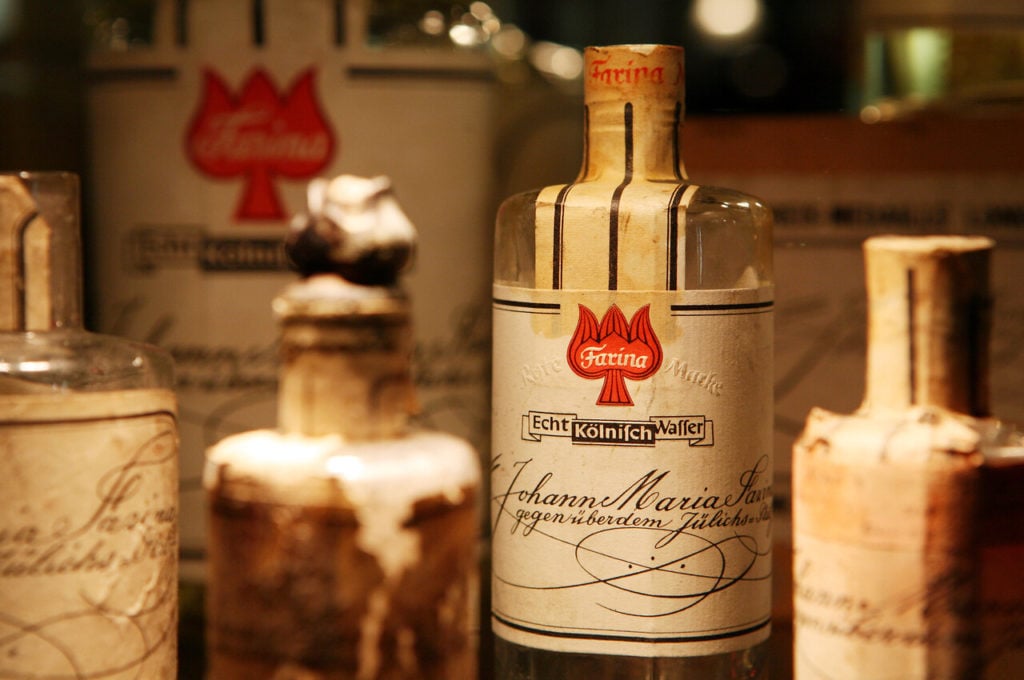
The term “Eau de Cologne” was the name given to the light, refreshing fragrance created by Giovanni Maria Farina in the early 18th century, known as “Eau de Cologne Original 4711” after the address of his shop in the city.
This fragrance has since become synonymous with the city of Cologne and over time other perfumers and brands have developed their own variations of Eau de Cologne.
READ ALSO: 8 places in North Rhine-Westphalia to escape the heat this summer
In the Farina Fragrance Museum – the oldest fragrance factory in the world – visitors can take a journey into the history of perfumery and the creation of the renowned fragrance through interactive exhibits, antique distillation equipment, and historical artefacts.
Take a brewery tour
Escape the rain by immersing yourself in Cologne’s abundant brewery scene and uncover the secrets behind the city’s iconic Kölsch beer while indulging in a sip or two.
With a variety of tour options available, you can explore one or multiple breweries dotted throughout the city.
Highlights not to miss include the renowned Früh am Dom, a quintessential and time-honoured brewpub, the inviting ambience at Gaffel am Dom, or Päffgen, an atmospheric historic brewery known for its authentic Kölsch and hearty German cuisine.
The centuries-old Brauhaus Sion is also a great place to check out, with its captivating history and an array of Kölsch and regional specialities.
See some art in Museum Ludwig Cologne
From Picasso to Roy Lichtenstein, the Museum Ludwig is home to an impressive array of 20th and 21st-centuryworks.
Its diverse collection covers a wide range of art movements, including Pop Art, Abstract Expressionism, and Russian Avant-Garde.
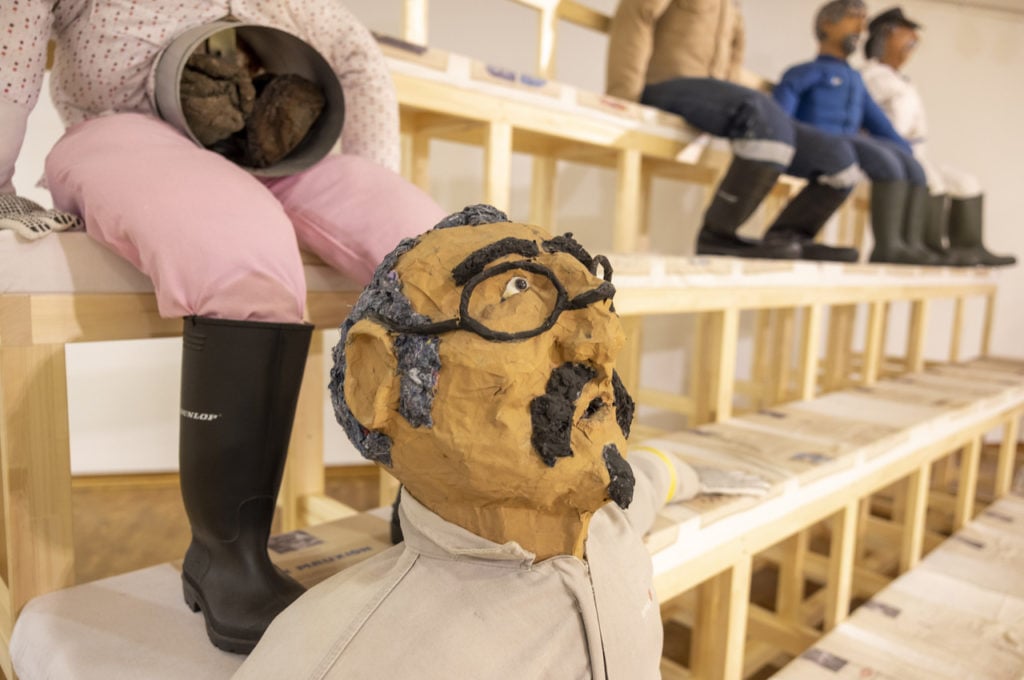
Notably, the museum is also home to one of the largest collections of works by the American Pop Art icon Andy Warhol.
Visit the Cathedral
Last but by no means least, a visit to the city’s cathedral can be a uniquely enchanting experience on a rainy day as you can enjoy special tranquillity as raindrops patter against the cathedral’s Gothic architecture.
READ ALSO: 10 odd tourist attractions in Germany you shouldn’t miss
Take in the stunning stained glass windows, particularly the south transept’s “Three Kings Window” which is known for its vibrant colours and intricate design. Ascend to the south tower’s viewing platform for panoramic city views, and take time to appreciate the monumental high altar and the Shrine of the Three Kings, said to house the relics of the biblical Magi.


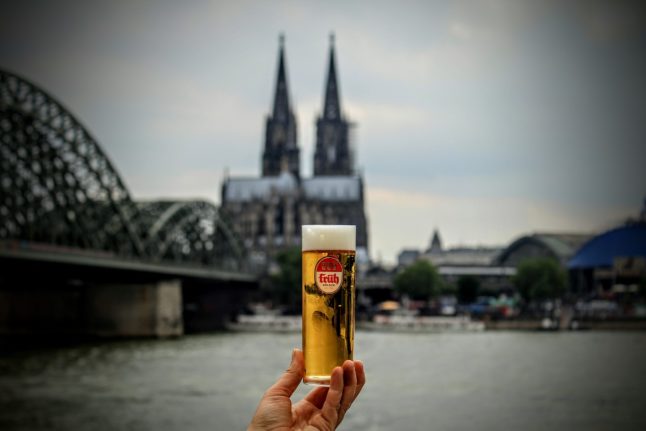

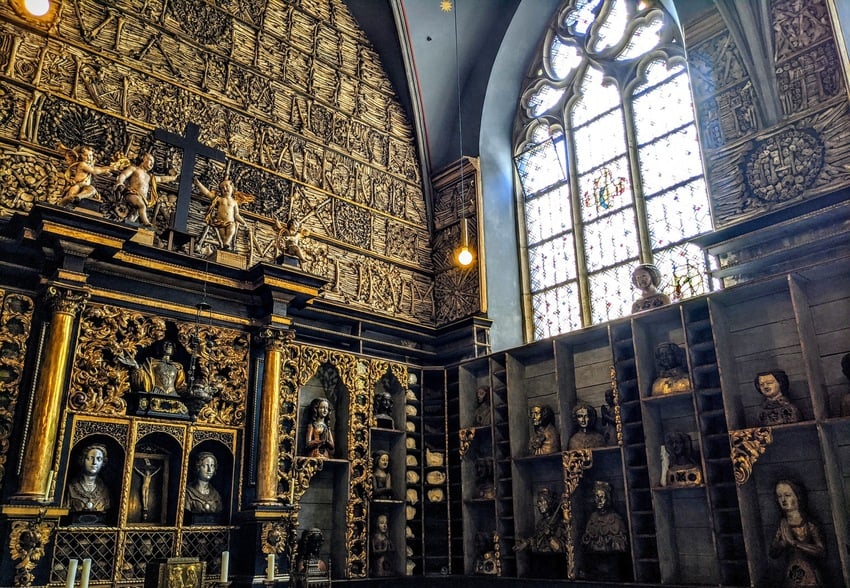

 Please whitelist us to continue reading.
Please whitelist us to continue reading.
Member comments